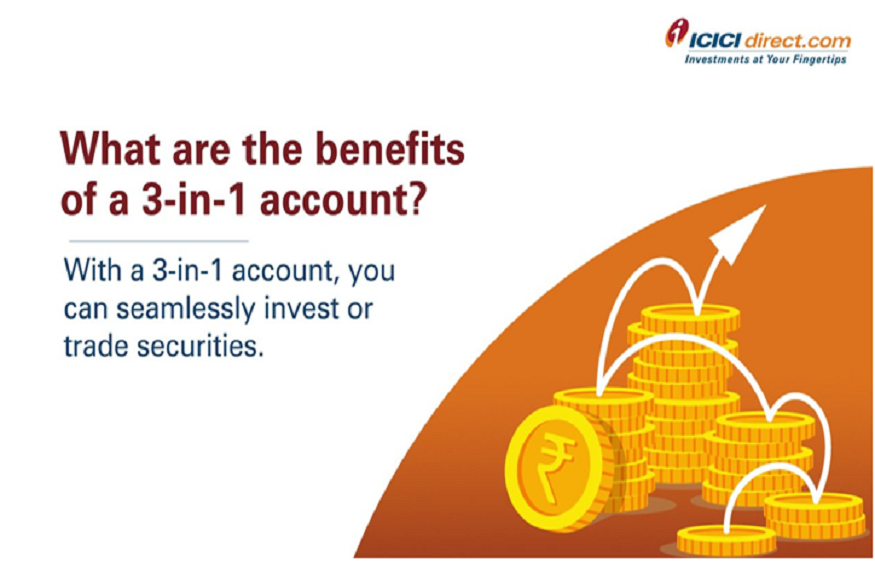How to Get Started with Margin Trading: A Beginner’s Guide

Margin trading allows investors to borrow funds from a broker to trade financial assets, amplifying both potential gains and losses. While it can be highly rewarding, it also carries significant risks. Here’s a beginner-friendly guide to help you get started.
1. Understand How Margin Trading Works
Margin trading involves borrowing money from a brokerage firm to buy securities. The initial amount you contribute is called the initial margin, while the borrowed portion comes from the broker. The securities in your account serve as collateral. Profits can be magnified if the trade goes in your favor, but losses can also exceed your initial investment if the market moves against you.
2. Choose a Reliable Broker
Select a reputable broker that offers MTF trading. Compare their interest rates, margin requirements, and fees. Ensure the broker provides educational resources and robust risk management tools.
3. Learn Key Terms and Regulations
Familiarize yourself with essential terms like maintenance margin, which is the minimum account balance you must maintain to avoid a margin call. Understand regulations governing margin trading in your country, as they impact how much you can borrow.
4. Start Small and Manage Risk
Begin with a small margin position to limit potential losses. Use stop-loss orders to minimize downside risk. Always monitor your positions closely and avoid borrowing the maximum amount available.
5. Develop a Trading Strategy
Successful margin trading requires a clear strategy. Focus on risk management, diversify your portfolio, and avoid emotional decision-making. Set realistic profit targets and stick to your trading plan.
6. Stay Informed
Stay updated on market trends and news that could impact your positions. Continuous learning and adapting your strategy are key to long-term success in margin trading.
By starting cautiously, managing risks effectively, and staying informed, beginners can use margin trading to enhance their investment potential.
What are the eligibility criteria for ICICI Three in One Account?

The ICICI Three-in-One Account is a comprehensive financial product that integrates a bank account, a trading account, and a demat account. It allows seamless transactions between these accounts, making it convenient for individuals interested in trading and investing in the stock market. However, to open an ICICI Three-in-One Account, applicants must meet certain eligibility criteria:
1. Age Requirement:
- The applicant must be at least 18 years old to open the account.
- Minors can open the account under a guardian’s supervision, subject to additional documentation.
2. Residential Status:
- The account is available for Indian residents.
- Non-Resident Indians (NRIs) can also open the Three-in-One Account through ICICI Bank’s NRI services, provided they meet specific NRI guidelines.
3. Documentation:
Applicants must provide valid Know Your Customer (KYC) documents, including:
- Proof of Identity: PAN card (mandatory for trading), Aadhaar card, passport, voter ID, or driving license.
- Proof of Address: Utility bills, Aadhaar card, passport, or bank statements.
- Income Proof: Required if trading in derivatives, such as salary slips, ITR acknowledgment, or bank statements.
4. Banking Relationship:
- The applicant must have or open an ICICI Bank savings account to link with the trading and demat accounts.
5. Compliance and Verification:
- The applicant must comply with SEBI regulations and ICICI’s internal policies.
- Successful completion of in-person verification (IPV) as per SEBI norms is essential.
By meeting these eligibility criteria, individuals can benefit from smooth fund transfers, online trading, and secure investment options offered by the ICICI Three-in-One Account.







